08 May 2019
While often termed differently, muffin top, belly fat and spare tire are all essentially the same thing – excess abdominal fat. No matter what it’s called, it can be a frustration for many men. One of the most difficult areas to slim, the abdomen contains two types of fat which each require different tactics to tone the area. We asked Brent Wilson, a registered dietitian at INTEGRIS, Health to share his advice on how the spare tire affects men and what can be done to get rid of it once and for all.
Fat around the stomach and waist can be caused by a variety of factors. “The spare tire is excess body fat stored around the midsection when our calorie balance is off,” Wilson explains. Caused by an imbalance between calorie intake and output, poor diet and insufficient activity are the main culprits of belly fat.
Inactivity during the day, worsened by sitting at a desk or in front of the television for long periods of time, is also a large contributor to one’s spare tire. Even stress can be a factor as it can impact the hormones that create fat.
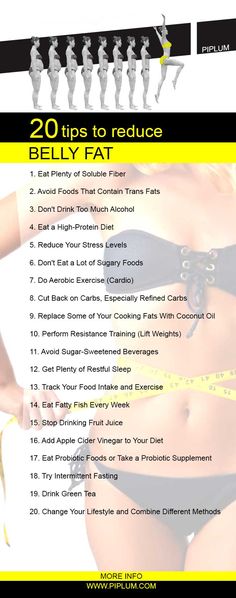 Visceral Fat
Visceral Fat “Subcutaneous fat hibernates just beneath your skin and you can grasp it with your fingers,” Wilson says. “Visceral fat stows away deep in your abdomen around your organs.” These organs can include your intestines and stomach. Visceral fat is more dangerous than its subcutaneous counterpart as it can produce cytokines, or inflammation, that can damage those organs.
Health risks commonly go hand-in-hand with the spare tire. “Excess belly fat increases your risk for high blood pressure, cholesterol, triglycerides and metabolic syndrome,” Wilson explains. The chemicals created by excess visceral fat can increase the risk for heart disease or diabetes. As men age, it becomes more important to exercise regularly as their bodies tend to lose muscle mass more easily.
When it comes to shedding the spare tire, lifestyle changes must be made. “Ultimately, it comes down to the decisions we have to make on a daily basis,” Wilson says. He explains these decisions become increasingly more difficult to make due to the convenience of highly processed foods that include substantial amounts of fat, sugar and calories. Combined with the typical low level of activity required by many jobs, it becomes more important to make conscious decisions to be physically active.
He explains these decisions become increasingly more difficult to make due to the convenience of highly processed foods that include substantial amounts of fat, sugar and calories. Combined with the typical low level of activity required by many jobs, it becomes more important to make conscious decisions to be physically active.
The first step toward eliminating the spare tire is to set healthy and reasonable goals. Shedding abdominal fat takes time and should not be treated as a race. So, how do you track your progress? The number on the scale doesn’t always represent the amount of fat and muscle mass a person carries, making it a less than optimal choice for measurement. Many people prefer to track their Body Mass Index (BMI), although Wilson advises against this. Instead, he opts for a more specific source of measurement.
“The BMI will ultimately give you a general idea of where your weight should be; however, it can be misleading as it doesn’t take muscle mass into account,” he says.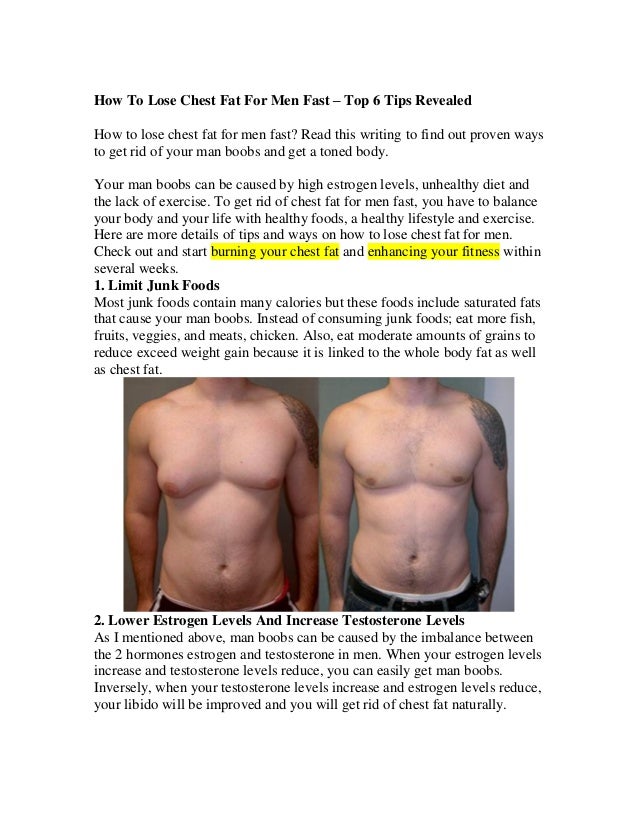 “The best thing would be to have your body fat percentage tested and retested after a few months of implementing physical activity and healthy eating.” The INTEGRIS Health Weight Loss Center provides several options for both surgical and non-surgical weight loss services, including seminars and assistance with nutrition.
“The best thing would be to have your body fat percentage tested and retested after a few months of implementing physical activity and healthy eating.” The INTEGRIS Health Weight Loss Center provides several options for both surgical and non-surgical weight loss services, including seminars and assistance with nutrition.
It is also important to set a healthy daily calorie goal. “Ultimately, we need to lower our calorie intake,” Wilson says. “I would encourage keeping a food log to identify where the most calories are coming from in your diet. Then, try replacing high calorie food and beverages with lower calorie options.” He suggests the app MyFitnessPal as a way to track your dietary choices.
When exercising to burn belly fat, it’s important to create a healthy mix of cardio and strength training. When targeting the spare tire, especially if you don’t go to the gym on a regular basis, you should start slowly. Wilson suggests beginning by walking or cycling and slowly increasing the duration and intensity of cardio.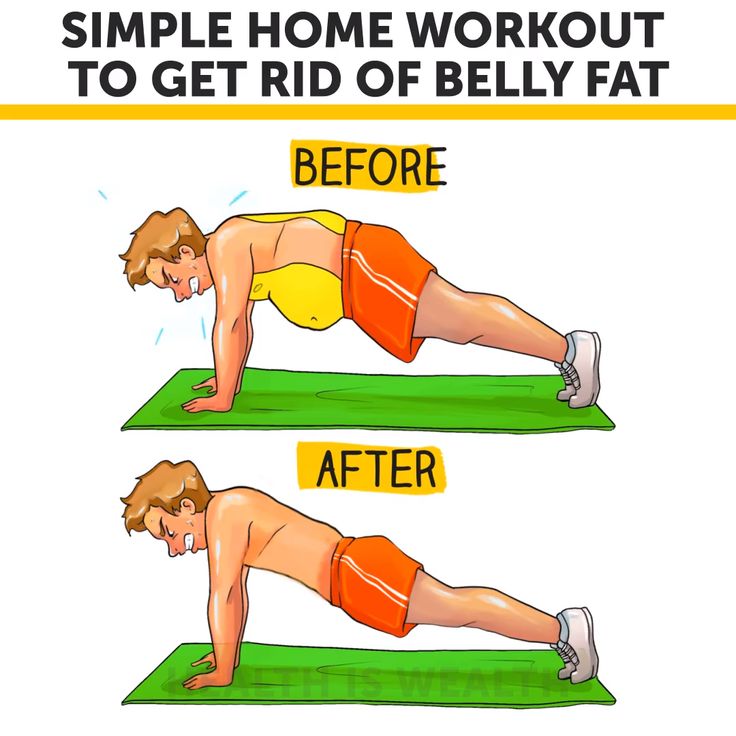 Make sure to include stretches in your routine to keep your muscles limber and limit soreness. He advises setting a goal of 150 minutes of physical activity per week.
Make sure to include stretches in your routine to keep your muscles limber and limit soreness. He advises setting a goal of 150 minutes of physical activity per week.
When it comes to choosing between cardio and weights, he says “both can be effective if used properly. The key is to get your heart pumping, so you can start burning the fat stored around the belly. Cardio is great at this. Weights can also work well, as long as you are keeping your heart rate elevated. Rather than resting in between sets of weight lifting, try using your rest time to keep your heart rate up with things like rowing, walking, or cycling.”
Stay committed to your exercise goals by creating a workout calendar or setting a joint fitness goal with your friends or family. For those who need to set a specific time to work out or thrive on extroverted activities, try joining a group fitness or boot camp style workout.
A healthy diet is the perfect complement to your new exercise regime. It can also be the most difficult part of the process. Essentially, it’s important to choose lower calorie options, skip processed foods, limit sugar and practice portion control.
It can also be the most difficult part of the process. Essentially, it’s important to choose lower calorie options, skip processed foods, limit sugar and practice portion control.
“Choose lean protein sources such as eggs, nuts, fish and chicken,” Wilson recommends. “Increase your intake of fruit and vegetables, which contain fewer calories per cup than most other foods. The fiber in them will keep you feeling full for longer so you take in fewer calories throughout the day.”
It is vital that men strive to achieve a healthy lifestyle as they age. Eliminating the spare tire is a crucial factor in the process of lowering health risks and staying in good physical shape. Contact an INTEGRIS Health physician today to assess your health needs.
Share this page
There’s no way to specifically lose weight in a particular area, however, by watching what you eat and staying consistent with your workouts, you can develop a healthier body.
Image Credit: Carlina Teteris/Moment/GettyImages
Getting rid of your spare tire tummy can not only help your clothes fit better, it can also be great for your health! While you can't spot tone, the best overall approach to a healthier body is to focus on the tried and true approach: healthy diet and consistent exercise.
There’s no way to specifically lose weight in a particular area, however, by watching what you eat and staying consistent with your workouts, you can develop a healthier body.
While the slang term is a spare tire belly, this colloquialism refers to a buildup of fat and excess weight around your abdomen. According to Mayo Clinic, this issue is most common as we get older. This is because we slowly lose muscle mass as we age, which decreases the number of calories we burn throughout the day. At the same time, the amount of fat increases, making it more difficult to maintain a proper weight.
Video of the Day
Unfortunately, developing a middle-aged spare tire is more commonly seen in women than men. This occurs as a result of menopause, which causes a decrease in the hormone estrogen as women enter the middle of their lives. This hormonal fluctuation seems to cause the distribution of fat in the body to shift, with much more of it centering in the abdomen.
There may also be a familial link to developing a spare tire tummy. Mayo Clinic also reports that your body type and fat distribution, specifically whether it is more apple shaped or pear shaped, seems to be related to your individual genetic history.
While a spare tire tummy be seem like simply a cosmetic complaint, the truth is an increase in abdominal fat can have significant health effects. As reported by Harvard Health, this is because abdominal fat is visceral in nature.
Unlike subcutaneous (just beneath the skin) fat which can be easily grabbed and pinched, visceral fat is situated deeper within the abdomen and can be seen or measured, but not grabbed. This type of fat fills the areas between our internal organs in your stomach.
This type of fat fills the areas between our internal organs in your stomach.
Weight Management
Things to Eat to Get a Slim Waist
By Jill Corleone
Reviewed
Fitness
What Exercises Should I Do to Lose Belly Fat?
By Brandi Junious
Reviewed
Weight Management
What Causes a 'Skinny With Belly Fat' Body Shape and What to Do About it
By Christine Mugnolo
Reviewed
The visceral type of fat can cause significant issues like cardiovascular disease and Type 2 diabetes. It can also impact your overall metabolism and slow down the rate at which you burn calories. In addition, Harvard Health states that there is some association between increased abdominal fat and a higher risk of breast cancer in females. To add to this, women with a spare tire may also experience an increased rate of gallbladder surgery.
While it may not be particularly exciting, watching what you eat is a tried and true way to reduce your overall weight and get rid of a middle-aged spare tire.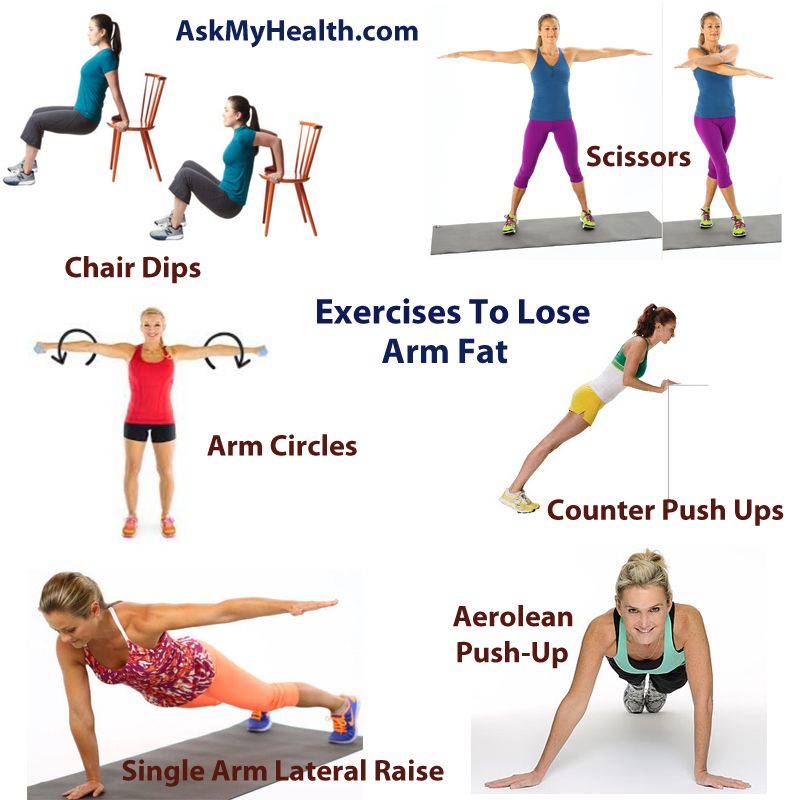 While every person's situation is unique, according to the Cleveland Clinic, the ketogenic diet seems to work particularly well for individuals who are trying to reduce the amount they weigh.
While every person's situation is unique, according to the Cleveland Clinic, the ketogenic diet seems to work particularly well for individuals who are trying to reduce the amount they weigh.
This diet focuses on restricting the overall amount of carbohydrates you consume. At the same time, it strives to increase your overall protein intake. As a result of these caloric changes, individuals seem to drop pounds even with only a moderate amount of exercise.
Read more: How to Shrink Belly Fat Fast
Because the specific recommendations are unique from person to person, it is best to work with your doctor when developing a weight loss program. Not only will they be able to provide you with specifics, but they can also help you keep the weight off after you put in all the hard work to lose it.
In addition to cutting calories, regularly hitting the gym or working out at home is another crucial part of reducing your spare tire belly.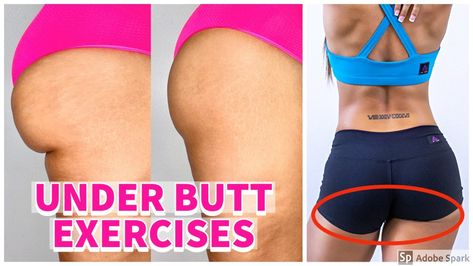 Weight loss is all about tipping the scales between the number of calories you consume through your diet and the amount you burn off with activities and exercise throughout the day.
Weight loss is all about tipping the scales between the number of calories you consume through your diet and the amount you burn off with activities and exercise throughout the day.
Read more: Does Rowing Burn Belly Fat
According to the Department of Health and Human Services, the average adult should strive to get at least 150 minutes of moderate aerobic activity each week. This could include things like brisk walking or outdoor biking.
You may also choose to do more vigorous exercises like running, swimming or using a stair stepper for a shorter duration (75 minutes per week). Organized sports like pick-up basketball or gym fitness classes such as step aerobics or Zumba may also fit into this category. Try finding an exercise buddy or an accountability partner to keep your workouts consistent and to maximize your chances of success.
Many different types of exercise can help reduce the size of your middle aged spare tire, and it is important to pick one that you like in order to stay consistent.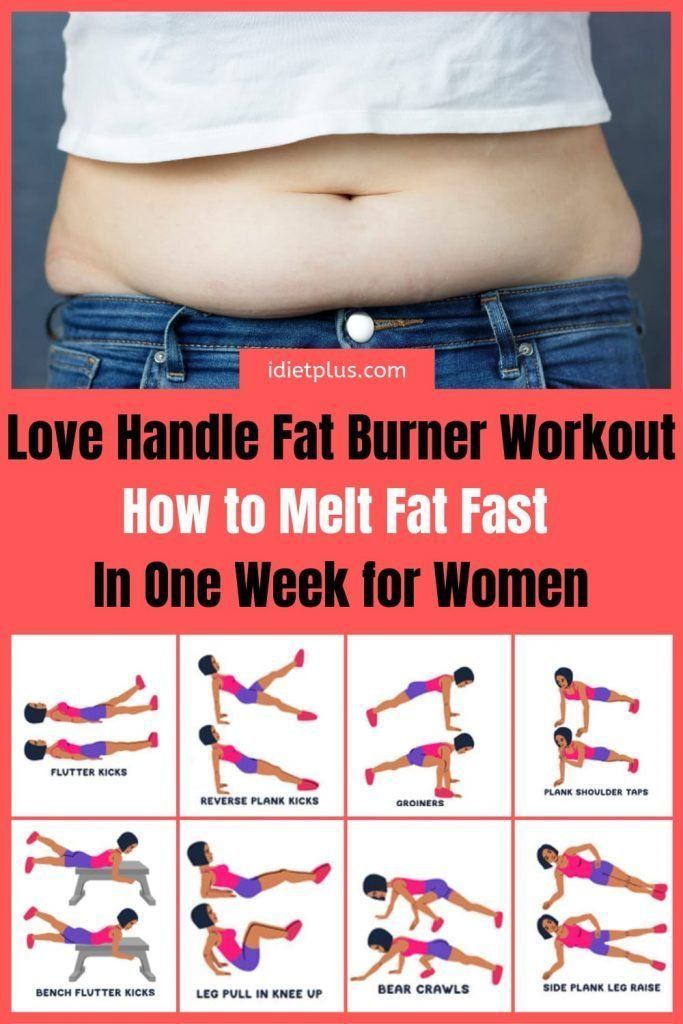 That said, some types of workouts may be more beneficial than others. According to a February 2018 meta-analysis published in Sports Medicine, incorporating high-intensity interval training (HIIT) workouts into your exercise routine has been shown to effectively target visceral fat deposits in the abdominal area.
That said, some types of workouts may be more beneficial than others. According to a February 2018 meta-analysis published in Sports Medicine, incorporating high-intensity interval training (HIIT) workouts into your exercise routine has been shown to effectively target visceral fat deposits in the abdominal area.
Read more: Do Crunches Reduce Belly Fat?
This type of workout mixes shorter periods of high-intensity movements or exercise with longer increments of lower intensity activities or complete rest. The journal found that HIIT-style running is more effective than biking at decreasing deposits of visceral abdominal fat in both normal weight and overweight individuals.
AARP recommends that beginners start by taking their normal cardio exercise and increasing the intensity high enough for you to become too winded to speak. Aim to do this for 20 seconds and then slow the pace down to your normal speed for 1 to 2 minutes. Next, return to the high intensity speed for another 20 seconds, rest for 2 minutes and then try to complete 20 more seconds at the faster pace. Finally, cool down at your normal speed for 2 more minutes.
Finally, cool down at your normal speed for 2 more minutes.
Should your spare tire belly not diminish in size with the strategies listed above, you may want to contact your doctor to speak to them about further treatment options. Initially, your physician may recommend a consultation with a nutritionist or personal trainer to give you more specific guidance on your diet and exercise regimen.
They may also want to take a closer look at any other health conditions you may have, some of which can affect your ability to lose weight. These can include having diabetes or having a thyroid issue. In some instances, they may even recommend prescription medication to assist in the fat burning process.
More extreme cases may even warrant bariatric surgery, which alters the amount of food that your stomach can contain or changes the way that nutrients are absorbed by the stomach in an effort to stimulate weight loss. Your doctor can give you proper guidance on which of these, if any, is right for you.
Fresh number
RG-Nedel
Rodina
thematic applications
Union
02.02.2022 09:26
Boris Zakharov
2222 Situations when two wheels break through at once on the road are not so rare, and not all cars have a “working” “reserve” in the trunk. We find out what to do if the wheel is punctured, but there is no spare tire or "stowaway".
Istock
Tires are most commonly damaged when hitting sharp objects such as screws, nails and rebar, as well as when overcoming potholes with sharp edges at high speed.
When there is a spare wheel, a jack and a wheel wrench in the trunk, as a rule, there are no problems - I took it and replaced it. However, when overcoming large pits or driving along a repaired section of the road, it is not uncommon for two wheels to break through at once.
If this is the case, the first step is to determine the location of the air leak and the extent of tire damage. In most cases, you will find the same ill-fated self-tapping screw in the tread. The first rule in such a situation - do not rush to get a sharp object out of the wheel. Otherwise, the air will quickly escape, and your chances of getting to the nearest tire shop will melt before our eyes.
In most cases, you will find the same ill-fated self-tapping screw in the tread. The first rule in such a situation - do not rush to get a sharp object out of the wheel. Otherwise, the air will quickly escape, and your chances of getting to the nearest tire shop will melt before our eyes.
In any case, the key point in such a situation will be the presence or absence of a pump on board. If it is available, we fill in the navigator with the nearest tire shop, the nearest service station, dealership and follow it at an extremely calm pace, monitoring the level of tire inflation on the on-board computer, if any. If there is none, periodically, literally every couple of kilometers, we make a stop and check visually what is wrong with the tire.
If you see that the tire is too low, pump up and drive on. As a rule, this method allows you to reach the point of repair, which is located at a distance of 20-30 kilometers and even further.
If the puncture is severe
If the puncture situation is worse than you expected (for example, it is a longitudinal cut or the tire is completely flat and the car is on the rim), the course of action changes.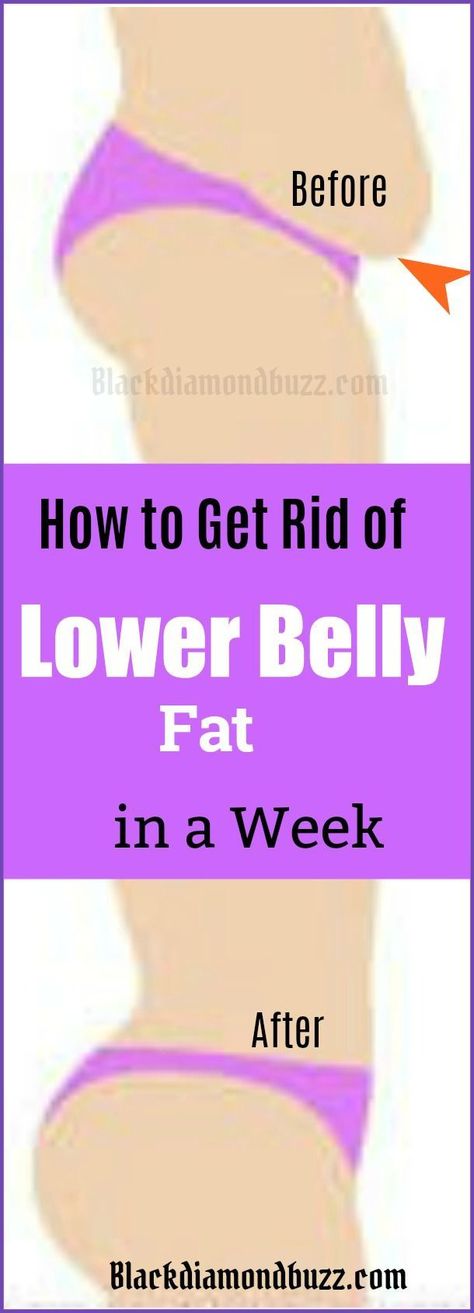 If it is not possible to call a tow truck, you can try to carry out the so-called emergency repairs.
If it is not possible to call a tow truck, you can try to carry out the so-called emergency repairs.
To do this, you will have to hitch a ride or call a taxi and get to the nearest gas station or car shop. There you will need to purchase a special kit for self-repair of damaged tires. We are talking about a repair kit consisting of a round rasp, an awl, several pieces of tourniquet (usually sold in 4 pieces) and glue. Tire restoration is done by expanding the puncture site, grouting and inserting a tourniquet with glue. If there is a small side cut on the tire, you can try (we emphasize - as an emergency measure) to make a temporary patch from the same repair kit harnesses.
However, there is another working option - to use an aerosol sealant (a special liquid that can vulcanize on contact with the environment). The scheme of actions in this case is as follows. We remove the punctured wheel and turn it with the nipple up - this way the product will spread better over the entire inner area of \u200b\u200bthe wheel.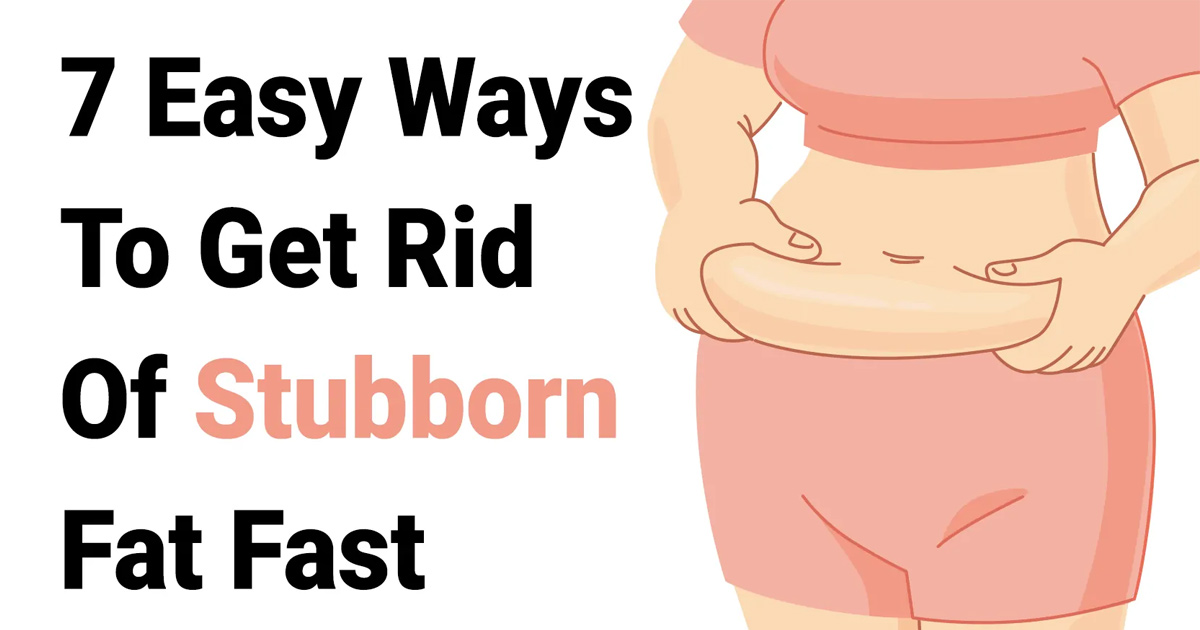 Then we shake the bottle, connect the tire valve with the sealant tube and press the button. In a matter of seconds, the tire will be filled with compressed gas and sealant.
Then we shake the bottle, connect the tire valve with the sealant tube and press the button. In a matter of seconds, the tire will be filled with compressed gas and sealant.
Again - such a tool is used as a temporary measure to make it to the tire shop. You should also know that if we are talking about a side hole of one and a half centimeters or more, then the sealant is unlikely to help - all that remains is to call a tow truck or buy a spare wheel assembly nearby.
When no tool is available
Travel situations vary. Sometimes it happens that you "caught" a screw far from civilization in the form of car services and tire shops.
If the tire deflated and you found a puncture (sometimes you have to pour water on the tire, and then the damage will give out air bubbles), you can try to screw a larger self-tapping screw into the puncture so that it literally “concretes” the hole.
Such "good" can be found in places of repair, construction, at worst - unscrew it from a nearby fence.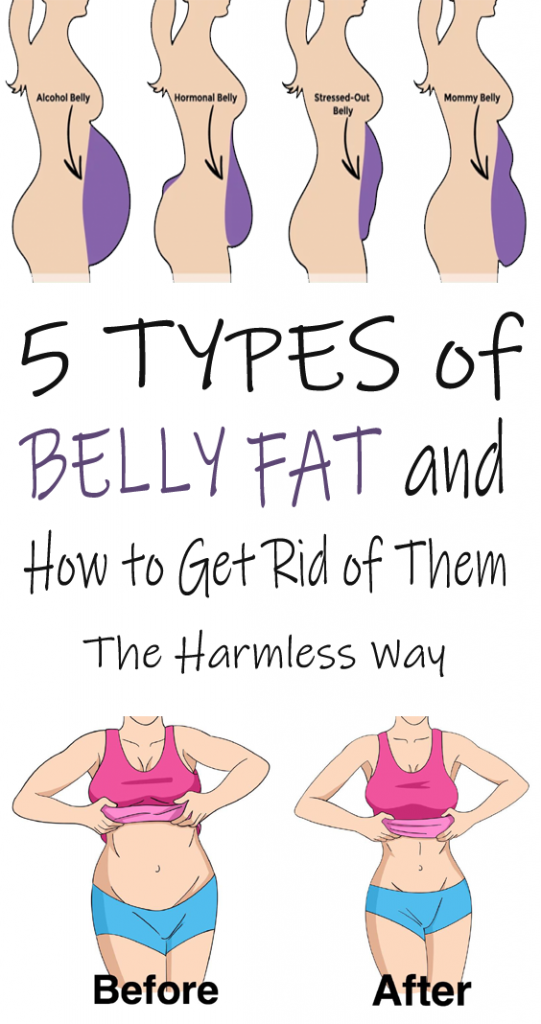 Or, alternatively, the screws can be removed from the trunk trim panel. It is advisable to combine screwing in a self-tapping screw with the use of sealant, which will need to be blown into the tire through a nipple. Didn't find another screw? Modify the old one. Treat it with sealant or, at worst, with superglue and screw it deeper into the puncture site.
Or, alternatively, the screws can be removed from the trunk trim panel. It is advisable to combine screwing in a self-tapping screw with the use of sealant, which will need to be blown into the tire through a nipple. Didn't find another screw? Modify the old one. Treat it with sealant or, at worst, with superglue and screw it deeper into the puncture site.
If self-repair fails
If your repair efforts fail, you have a few other options besides calling a tow truck.
In particular, you can remove a punctured tire, call a taxi and go to the nearest tire shop.
Sometimes it is more convenient to use an on-site tire fitting service or, for example, call a friend and ask for a "spare tire" ride (working option if the car and wheels are not "exotic" dimension). A used "spare tire" can also be purchased through online forums. However, it will obviously be faster and more convenient to seek help from other motorists on the road, in particular, to buy or borrow a spare tire from them in order to get to the nearest car service.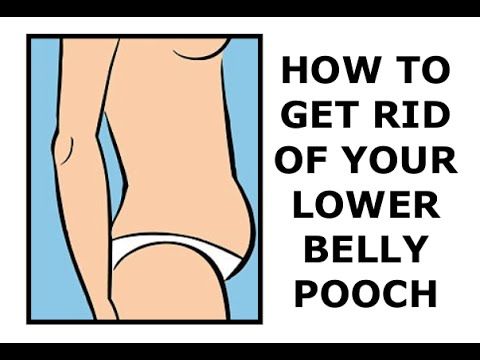
General recommendations
As is clear from the above, when going on a long country trip, it will not be superfluous to spread straws - purchase and put in the trunk a repair kit for repairing tubeless tires, sealant, a couple of screwdrivers and a few screws. It is also highly recommended to carry a pump with you. But if it still does not appear at the right time, you can always ask for it from motorists passing by.
Share
Photos from open sources
In order to reduce costs in order to increase profits, many automakers have stopped putting full-fledged spares in the trunks of their cars. Their place is occupied by the so-called underwheels - "dokatki", allowing you to get to the nearest tire service. But what if there is not a soul for the next 100 kilometers? How long can you ride on a wheel-crutch, found out the portal "AvtoVzglyad".
Efim Rozkin
"Dokatka" instead of a full-fledged spare wheel is not uncommon today.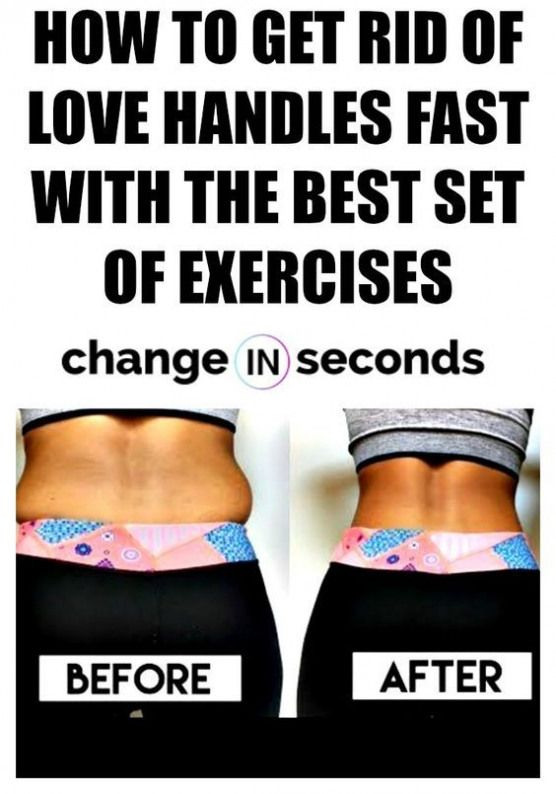 This is how automakers reduce their costs while increasing profits. On the other hand, “dokatka” means less weight and smaller size. And to get to the tire fitting with the help of such a wheel-crutch is more than enough. But there are situations when you have to go to the repair shop for more than one hundred kilometers.
This is how automakers reduce their costs while increasing profits. On the other hand, “dokatka” means less weight and smaller size. And to get to the tire fitting with the help of such a wheel-crutch is more than enough. But there are situations when you have to go to the repair shop for more than one hundred kilometers.
And here, many motorists are wondering: how long can you drive on a “dokatka” in order to be safe?
Photo from open sources
To begin with, let's figure out what a "dokatka" is. And this is actually a spare wheel, but the size of the stamped disk and the tire itself, put on it, is different from the impellers installed on the car. You can find a "dokatka" in the models of European automakers. They, instead of at least some kind of spare wheel, may even have a repair kit. What can not be said about Asian brands. These complete their cars with a full-fledged “reserve”, which is much more preferable in our latitudes and with our quality of the roadway.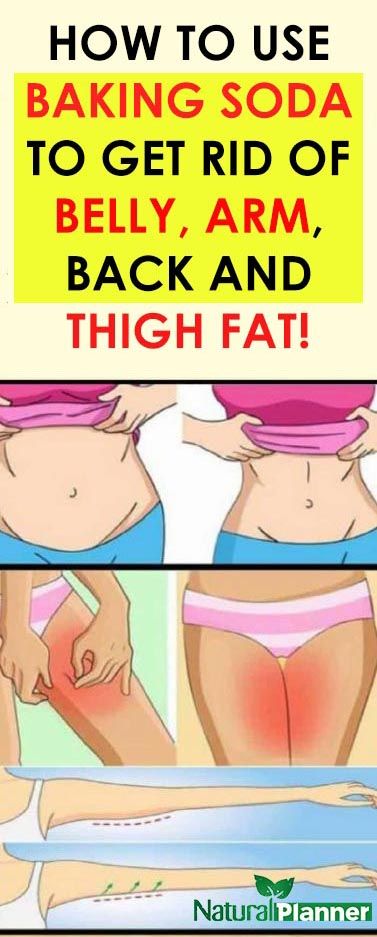
However, whatever the spare tire, it is always summer. If one wheel is pierced on your car and it needs repair, then any wheel lying in the trunk (unless, of course, you change it for the winter) is a “dock”. Believe me, it will not be difficult for you to see the difference in the behavior of a car on three winter wheels and one summer one, no matter what your level of driving training is. Actually, therefore, it is recommended to install the “dokatka” on the rear axle. And in winter, this rule is categorical, even despite the fact that you have to tinker, throwing the wheels from front to back.
Photo: AvtoVzglyad
And now about how much you can drive on the "dokatka". Let's take a closer look at it first. A thin underwheel has a smaller grip area in the tire contact patch with the road; a different, by no means effective protector; The dokatka is not as strong as a regular tire, and wears out rather quickly (savings again).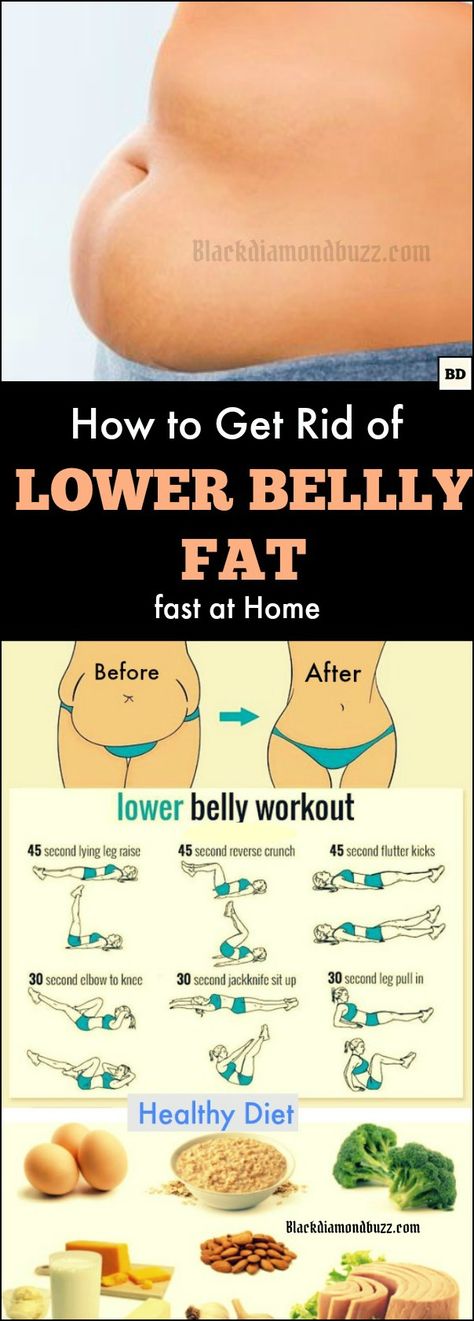
All these shortcomings, of course, affect the handling, and the consumption, and the decrease in braking efficiency, and negatively on the suspension of the car, which is most important, on the safety of both the driver and other road users. And that is why the speed at which its use is permissible is always written on the wheel-crutch. As a rule it is 50-80 km/h. Which is quite enough to get to the nearest service station.
As for distances, if you follow the rules for the safe use of the “stowaway”, you can drive more than a dozen, and even, if the situation requires it, a hundred kilometers. However, you should always monitor the condition of the wheel, avoid exceeding the speed limit indicated on it, do not recklessly and remember that this skinny wheel in your trunk is for temporary use only.
However, the best option would be to replace the "stowaway" with a full-fledged spare wheel. In this case, the driver's headache will be much less. The main thing, when changing tires, do not forget to include the “spare wheel” in the rotation so that it does not turn out that the four wheels on your car are worn out and worn, but what is in the trunk is in perfect condition.